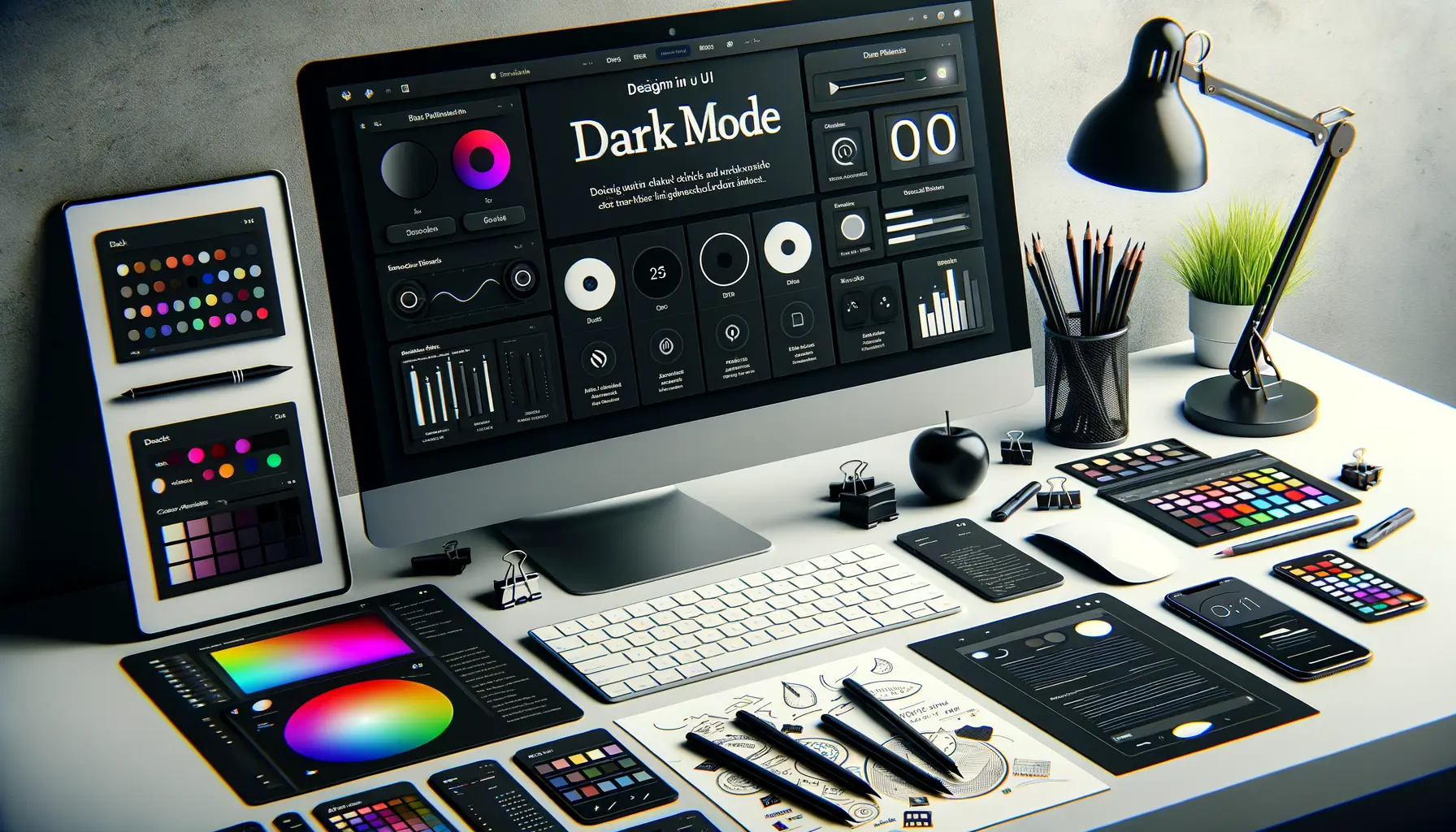Understanding the Basics of WordPress Theme Customization with CSS
Let’s face it—customizing a WordPress theme can feel a little like stepping into a new kitchen for the first time. You know the ingredients are there, but figuring out where everything is stored and how to cook up something truly unique? That’s a whole other story. With CSS (Cascading Style Sheets), you hold the chef’s knife, ready to slice and dice your website design to fit your exact vision. But before diving into complex recipes, let’s simmer down and start with the basics.
What Is CSS, and Why Does It Matter?
Think of CSS as the stylistic magician behind your site’s curtain. It controls everything from font choices to button colors, margins to animations. Without CSS, your site would look like a plain Word document—functional but uninspiring. By tweaking CSS in your WordPress theme, you can change:
- Background colors and textures to match your brand vibe.
- Typography styles to create personality-packed headers and text.
- The size, shape, and hover effects on buttons—because first impressions count!
Starting Your Customization Journey
Want to experiment? Head to the WordPress dashboard, navigate to Appearance > Customize, and open the “Additional CSS” panel. Here, you can paste your custom CSS without editing core theme files—a lifesaver for beginners. For example, to round your website’s borders, you could write:
code {
border-radius: 10px;
}
With just one line of code, voilà! Your site feels sleeker already. Trust me, once you see those small changes come to life, you’ll unlock designer-level joy.
Essential Tools and Techniques for CSS Customizations

Must-Have Tools to Supercharge Your CSS Creativity
When it comes to tweaking WordPress themes, having the right tools feels like unlocking a secret door to limitless possibilities. Here are some game-changers you’ll love:
- Browser Developer Tools: Picture this—being your own website detective. Open Chrome or Firefox, right-click on any section, and hit “Inspect.” Instantly, you can experiment with CSS changes live before committing them. It’s like a magic mirror for your site.
- Code Editors: Sure, WordPress’s built-in editor works, but why stop there? Tools like Visual Studio Code or Atom offer syntax highlighting, smart suggestions, and even plugins specific to web development. They turn coding into a smoother, less migraine-inducing process.
The Techniques That Will Make You a CSS Wizard
Let’s get fancy! Elevate your styles with advanced approaches:
– CSS Variables: Instead of rewriting colors or fonts, use variables like `–main-color`. Update it once, and boom! Your entire theme adapts instantly—it’s pure efficiency bliss.
– Media Queries: Thinking mobile-first? Write CSS that adapts beautifully across devices. A quick example is targeting screen widths with `@media (max-width: 768px)`. It’s your ticket to a responsive masterpiece!
Mix these tools with your creativity, and every WordPress theme will feel uniquely *yours*.
Advanced CSS Practices for Designing WordPress Themes

Unleashing the Power of Pseudo-Elements and Pseudo-Classes
When crafting WordPress themes, don’t underestimate the magic of pseudo-elements and pseudo-classes. They’re like the secret ingredients in a chef’s recipe—subtle, but transformative. Imagine you want to add elegant icons before your navigation links without cluttering your HTML. Enter `::before` or `::after`. These pseudo-elements can make your menus look visually stunning with just a sprinkling of CSS.
For example:
“`css
.nav-item::before {
content: ‘🔥’;
margin-right: 5px;
color: #f39c12;
}
“`
And let’s talk about hover effects! A simple `:hover` can breathe life into static designs. Why not try transitioning colors smoothly for an engaging user experience? It’s like the difference between flipping a light switch and watching a sunset.
Mastering Responsive Design with Flexbox and Grid
Responsive design isn’t just a buzzword—it’s the backbone of accessibility. Tools like Flexbox and CSS Grid should be in your arsenal for layouts that adapt seamlessly across devices.
Here’s why they rock:
- Flexbox: Perfect for one-dimensional layouts, like aligning buttons or centering text vertically (a past headache).
- CSS Grid: When you’re dealing with complex, multi-column structures, Grid can make your layout dreams come true.
Picture this: a portfolio grid where images realign beautifully whether viewed on a phone or a widescreen monitor. It’s not just coding; it’s choreography!
Troubleshooting and Debugging Custom CSS in WordPress

When Your Custom CSS Feels Like It’s Ignored
Let’s face it—you’ve spent hours crafting the perfect custom CSS rules, but WordPress seems to be giving you the silent treatment. Frustrating, right? Before you pull your hair out, let’s start with some common culprits:
- Cache Confusion: Browser or plugin caching might be serving you an old version of your site. Clear those caches like you’re Marie Kondo cleaning a closet!
- Competing Styles: Is there another stylesheet (like from your theme or a plugin) overriding your custom CSS? If so, try adding
!importantto your rules. - Syntax Slip-Ups: A tiny typo, like missing a semicolon or curly brace, can break everything. Double-check your code’s grammar, because even CSS hates bad punctuation.
Get Hands-On with Debugging Tools
Your best weapon in this battle? Developer tools in your browser. Right-click any troublesome element, select “Inspect,” and boom—there’s all the messy truth laid bare. Are your styles crossed out in the CSS panel? That means another rule is bossing them around.
And hey, don’t underestimate the power of testing CSS in real time within the dev tools. Think of it as a safe sandbox where you can trial and error like a mad scientist without actually breaking anything.
Final Tips and Best Practices for CSS Optimization

Small CSS Changes, Big Performance Wins
Sometimes, it’s the tiniest tweaks that make all the difference. Whether you’re fine-tuning typography or adjusting spacing, remember: every line of code counts. Overloading your stylesheets? That’s like trying to run a marathon in hiking boots—don’t do it. Minimize your CSS by removing unused rules and combining repetitive ones. Tools like CSS Nano or Stylelint are lifesavers here, serving as editors for messy code.
Oh, and don’t forget about file sizes! Compress your CSS files before uploading them to WordPress. A bloated stylesheet could slow down your site faster than a dozen high-resolution images. Keep things trim and efficient—it’s all about speed and smooth user experience.
Pro Best Practices for Clean & Effective CSS
When you’re knee-deep in customization, sticking to standards makes future edits a breeze. Here are practices worth adopting:
- Use clear naming conventions: Class names like `.hero-title` beat `.blue-text-57` any day!
- Prioritize reusability: Create utility classes (e.g., `.margin-auto`, `.font-bold`) to avoid writing duplicate styles.
By weaving these into your workflow, you’ll save yourself serious headaches later—your future self will thank you!







